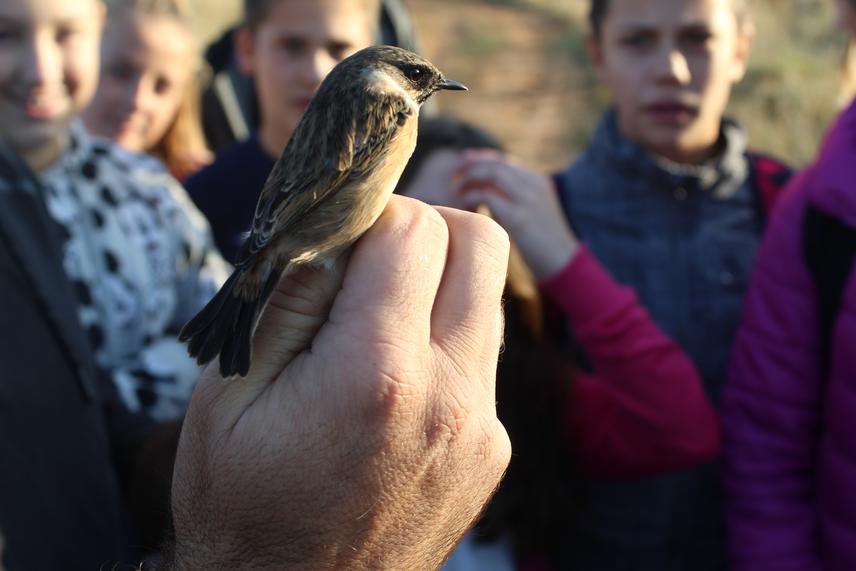Nina Loncarevic
The project has three main objectives. The primary objective is to produce an assessment of Ćemovsko field biodiversity resulting in an assessment of plant and animal species richness. Second, we want to point public awareness to the issues of habitat destruction and lack of care for Ćemovsko field and will do so through awareness-raising activities. Finally, our third objective is to achieve legal protection Ćemovsko field through combined effort of previous two objectives and advocacy activities throughout the project.

Ćemovsko field is primarily a pseudo steppe habitat, a type that has high conservation priority in Natura 2000 network, with this site as candidate on Emerald sites list as well. However, it has not received much attention from the research community and there is currently no unique and open-access study of the habitat and its species. In the last 20 years the field has been under numerous negative pressures: urbanization, pollution, waste dumping and toxic chemicals exhaust. Over time, it became an illegal dumping site located alongside the city’s official landfill. The research gap and habitat neglect and degradation are due to uneducated citizens and passive nature protection institutions which lack knowledge and ecological awareness of such valuable habitat and its vegetation type, which can nowadays only be found in fragments in the eastern Mediterranean. A part of Ćemovsko field is river Cijevna with its canyon, recently designated as nature monument but still serving as source of gravel, which is separated and disposed of on Ćemovsko field.
In terms of species present, besides its value as a typical Mediterranean-representative habitat relevant for landscape and cultural values, it abounds with bird and plant species. It hosts a plant community typical of pseudo steppe habitats, Thero-Brachypodietea, with its sub-communities as well as nationally relevant medicinal plants etc. Bird species commonly found in the habitat and under EU Bird directive protection are Alectoris graeca (rock partridge) with near-threatened status on IUCN Red list, Burhinus oecdinemus (stone curlew), Melanocorypha calandra (Calandra lark), Anthus pratensis (Meadow pipit) with near-threatened status on IUCN Red list, Coracias garrulus (European Roller), to name a few. For butterfly, turtle and snake species we do not have precise data on which species can be found in the habitat, only assumptions, which are to be tested with this project.
Due to continuous human-caused pressures, lack of scientific focus and public awareness, this project will result in a biodiversity study i.e. an assessment of the habitat’s species including plants, birds, butterflies, turtles and snakes. Complementarily, we will organize numerous awareness-raising activities starting from citizen science events coupled with fieldwork at the beginning of the project, creation and distribution of albums for sticker photo collection, bird ringings with elementary schools, public presentation of the study, bird moon-watching and herbarium plant collection events on the field. Finally, we expect to achieve de jure protection of the habitat and significantly improve its conservation status.